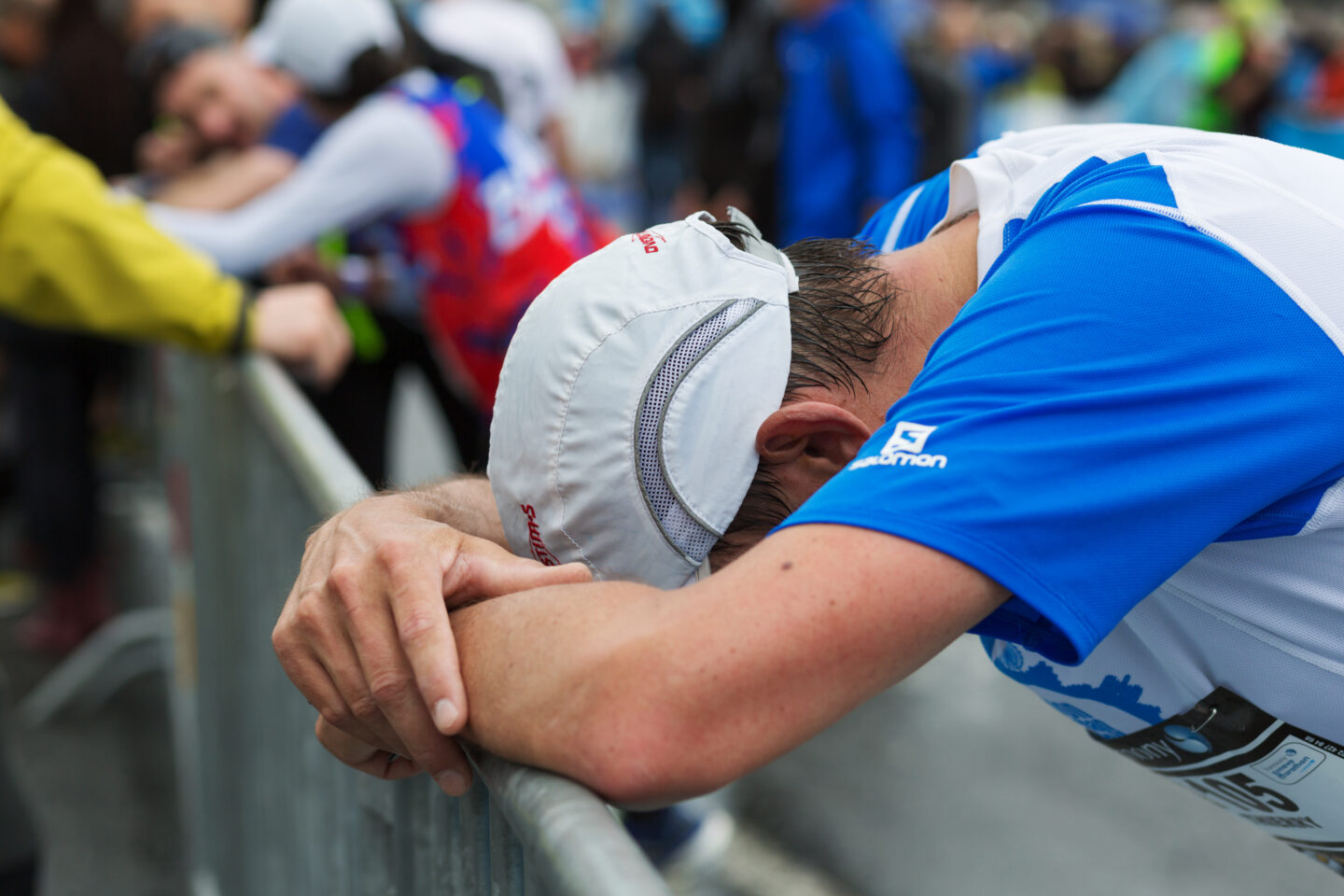Hard to define and often difficult to recognize, burnout is not only a mental struggle, it can also have physical symptoms. We explore the causes and consequences of burnout, and ways to keep the flame alive.
Hard to define and often difficult to recognize, burnout is not only a mental struggle, it can also have physical symptoms. We explore the causes and consequences of burnout, and ways to keep the flame alive.




